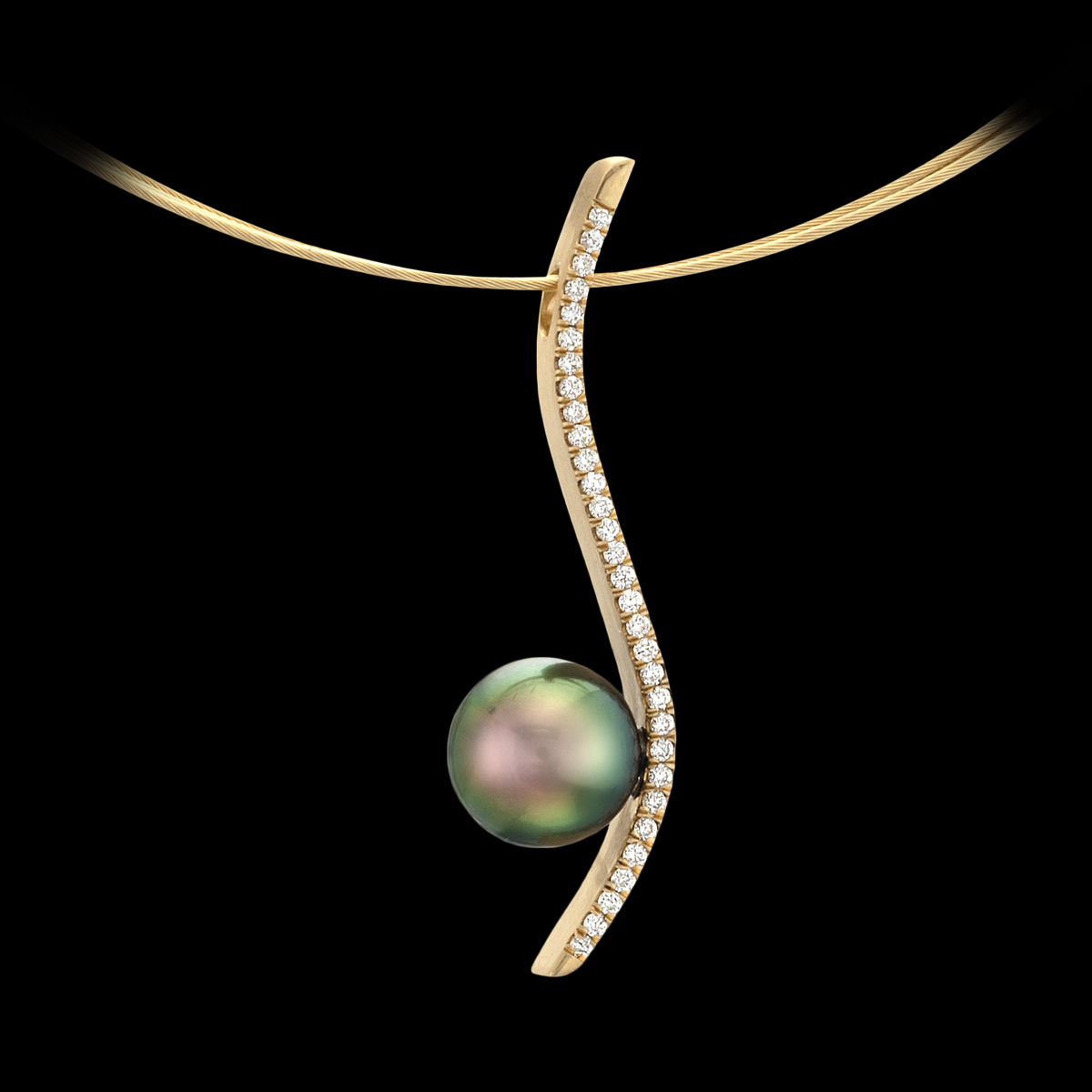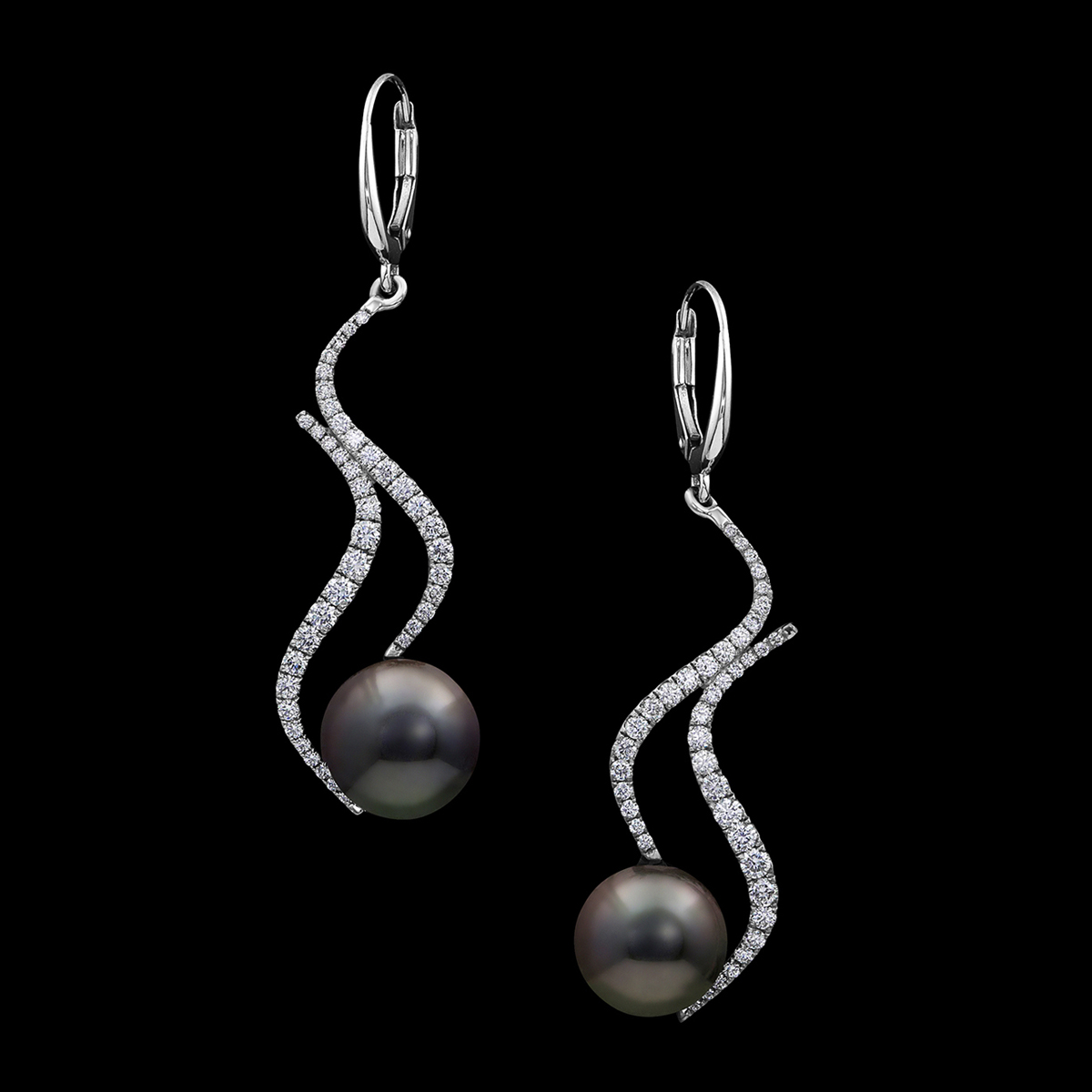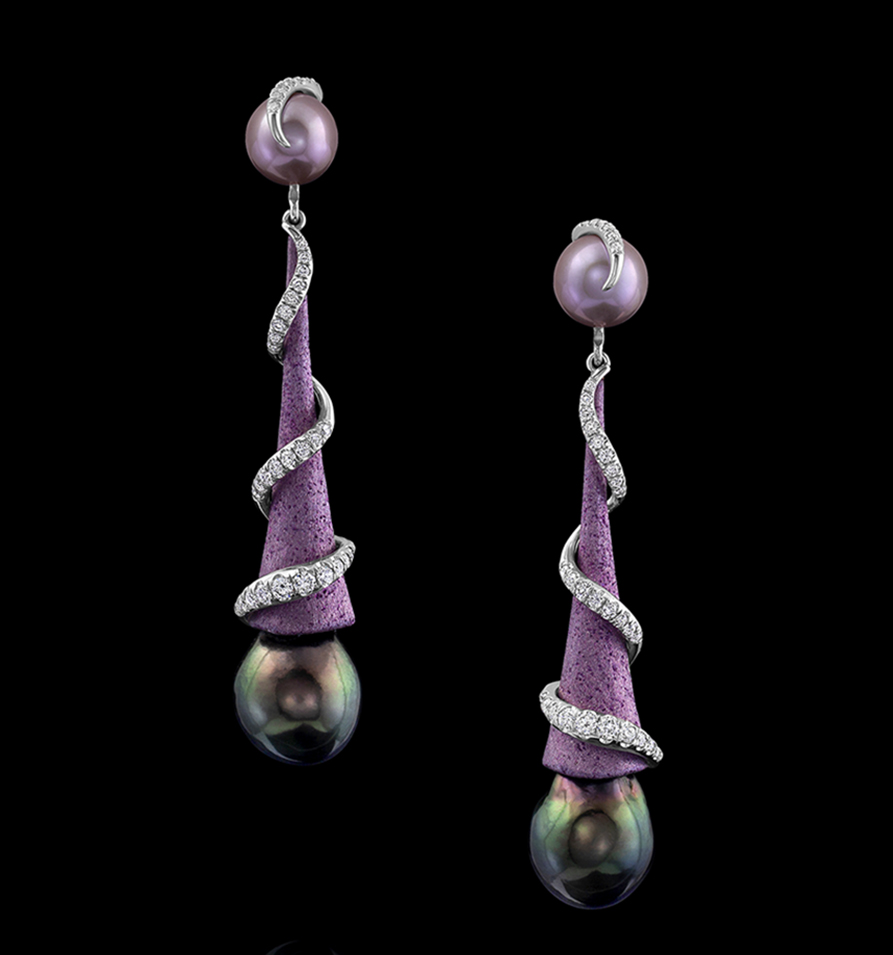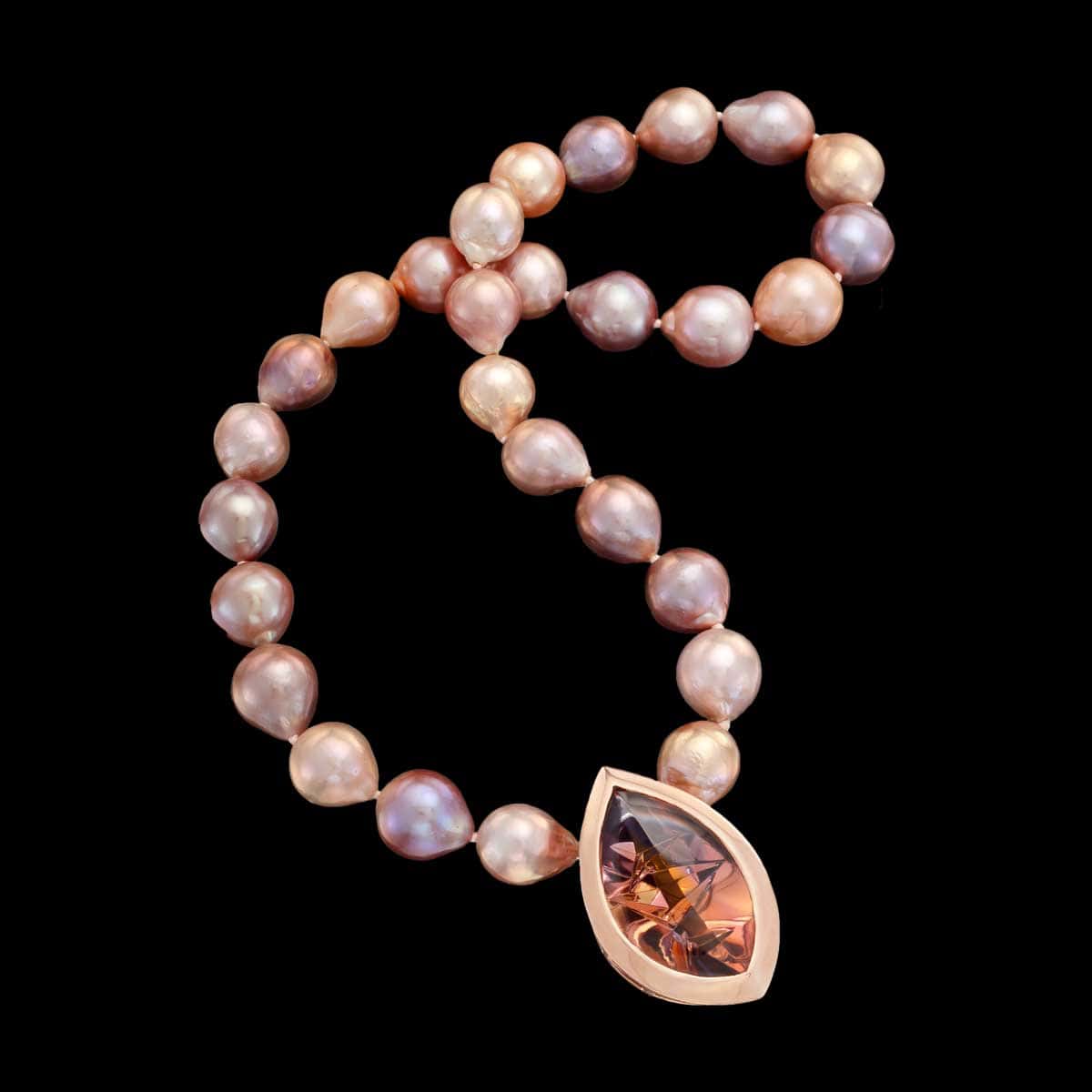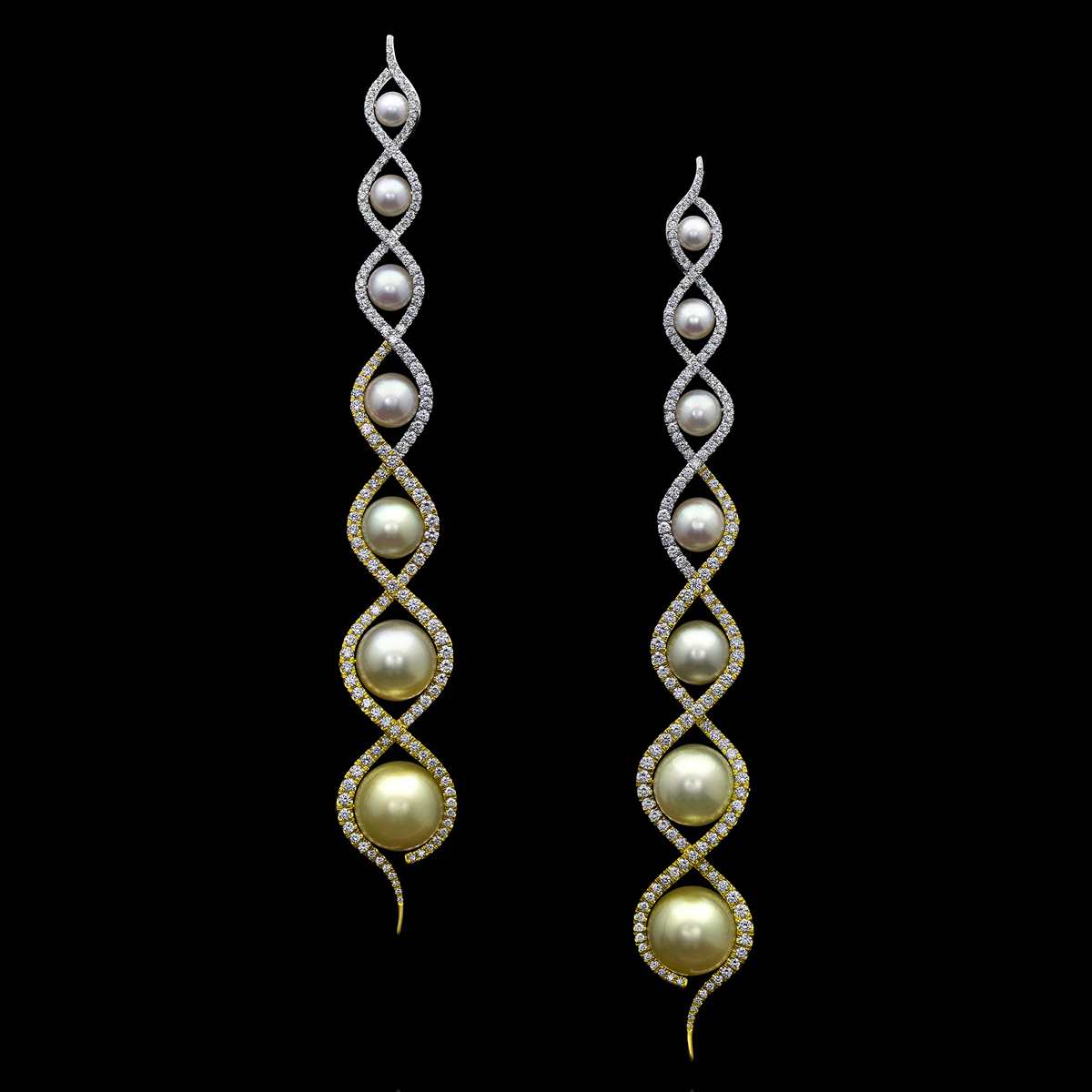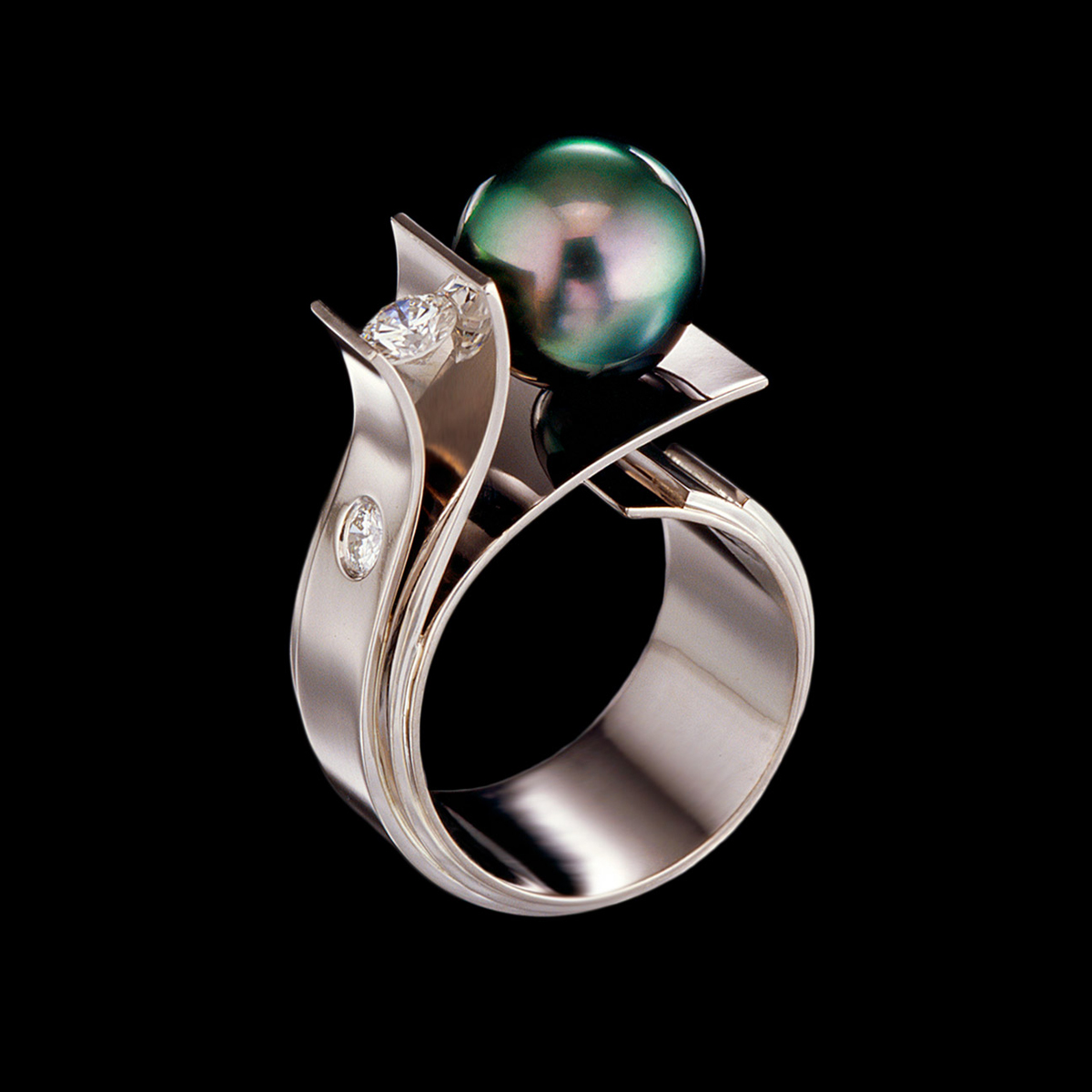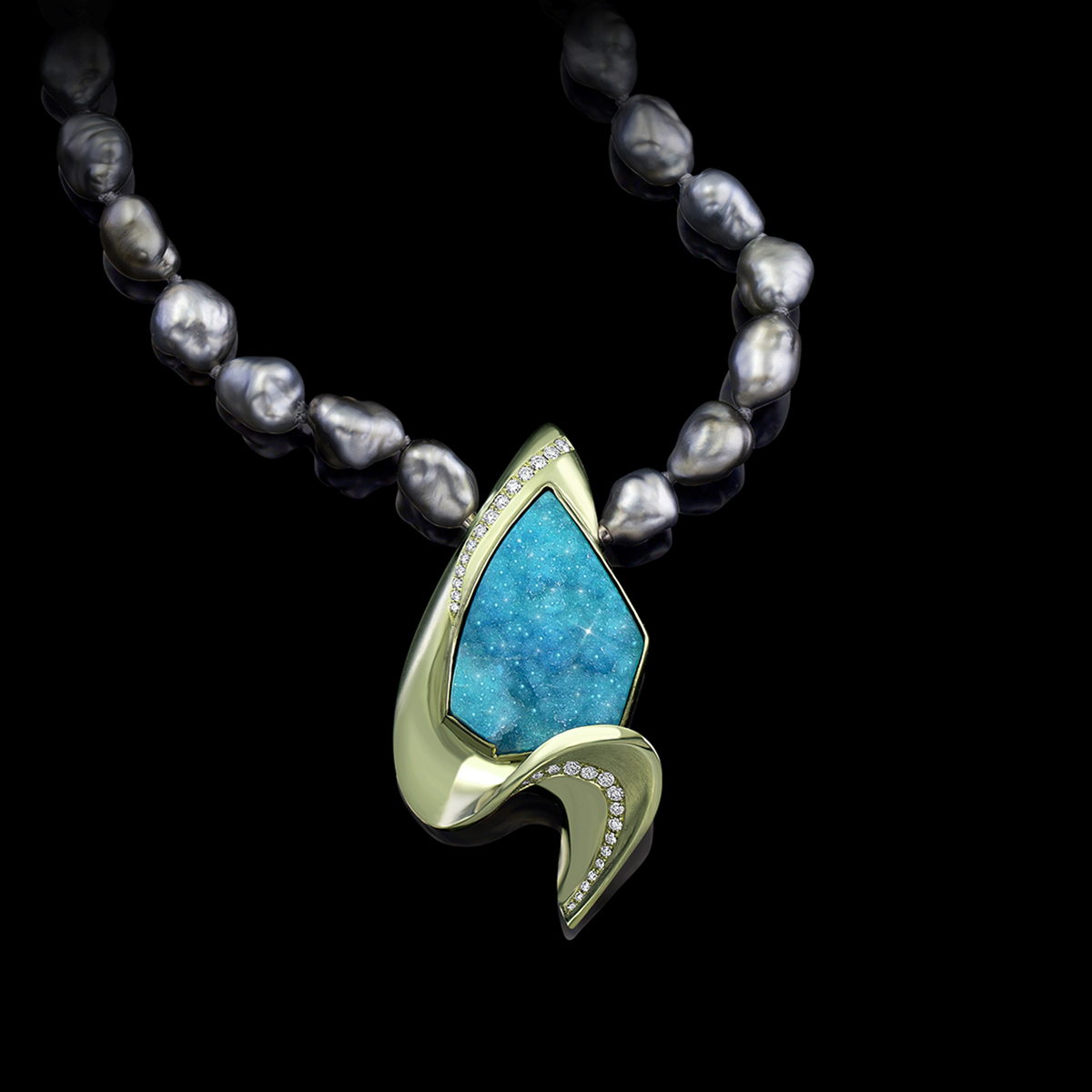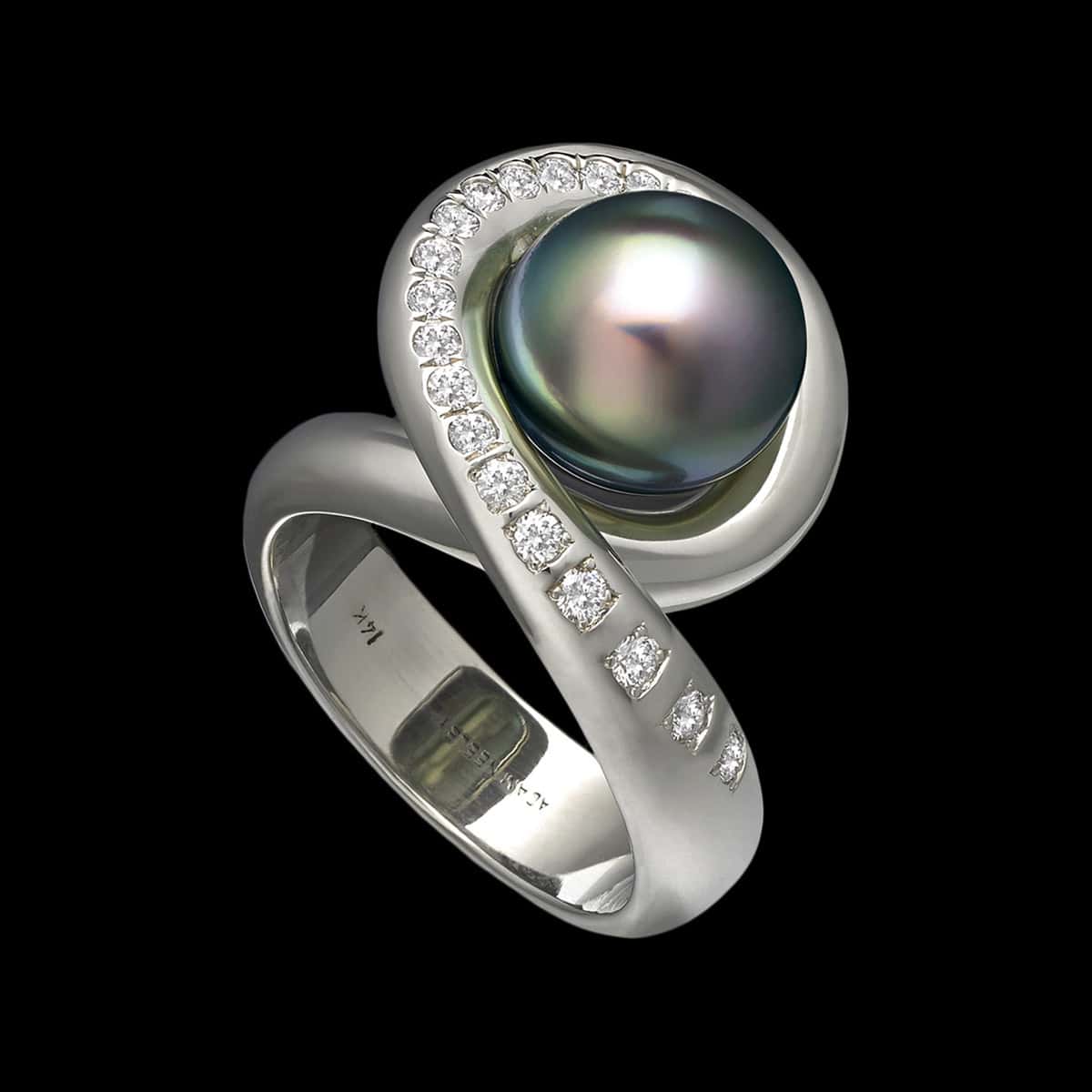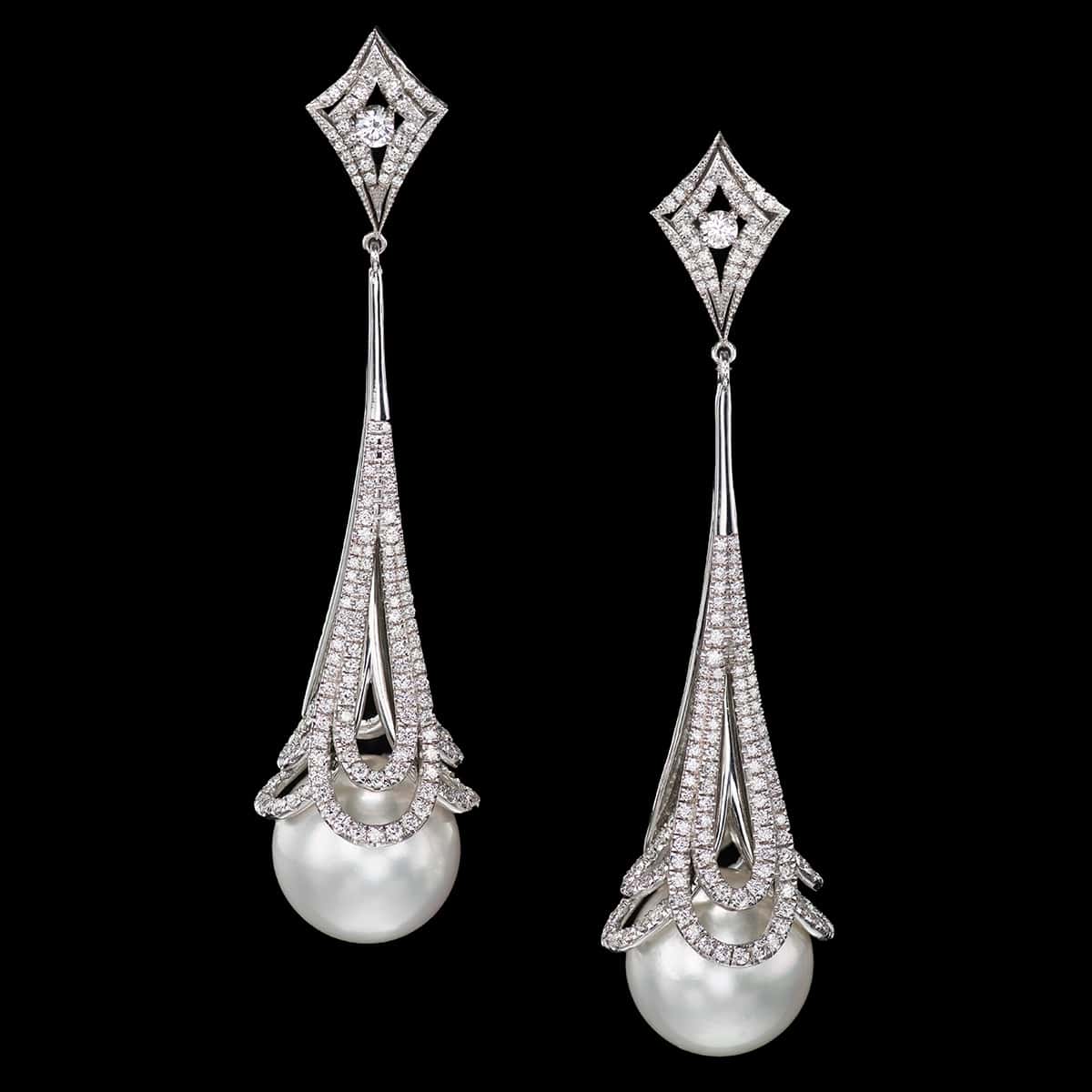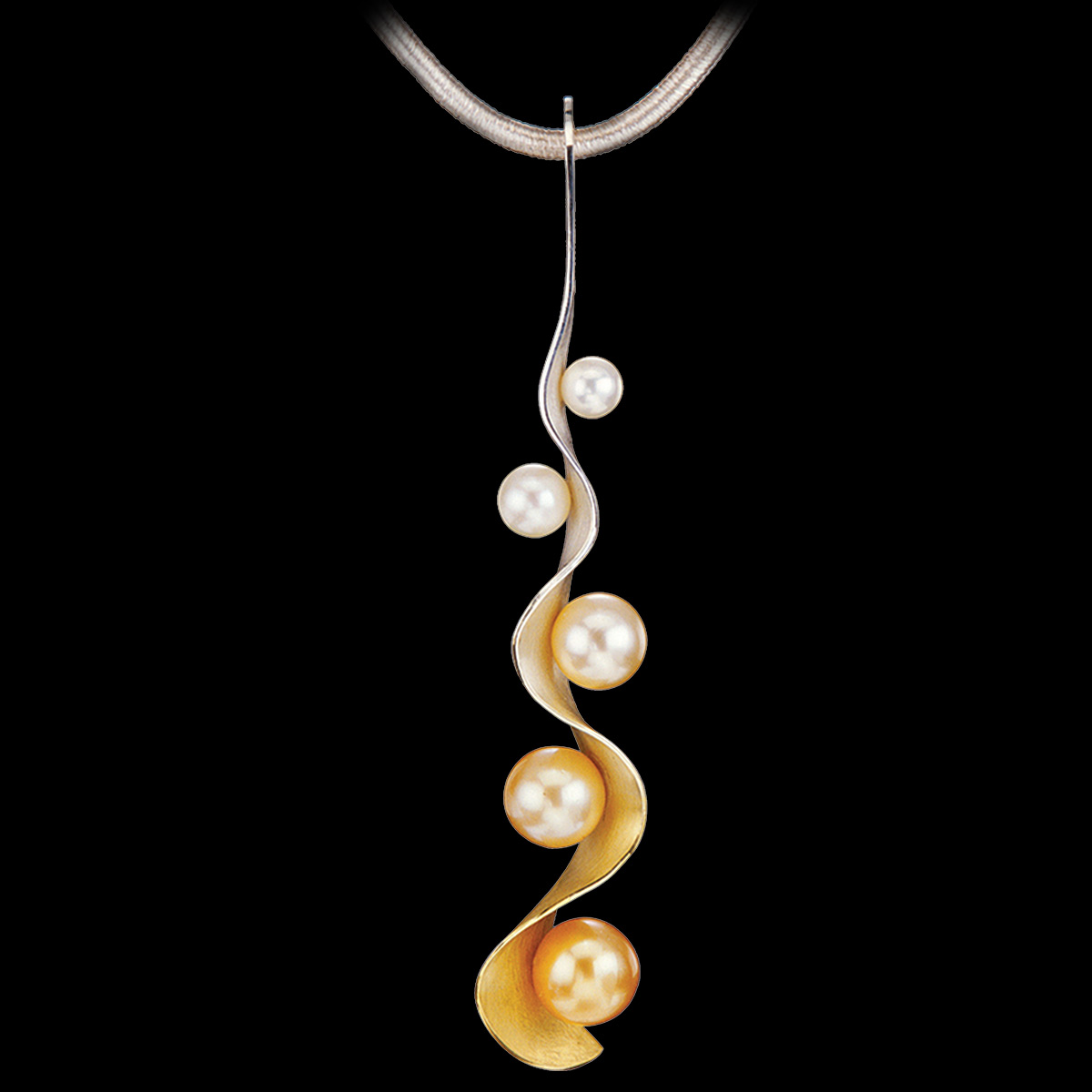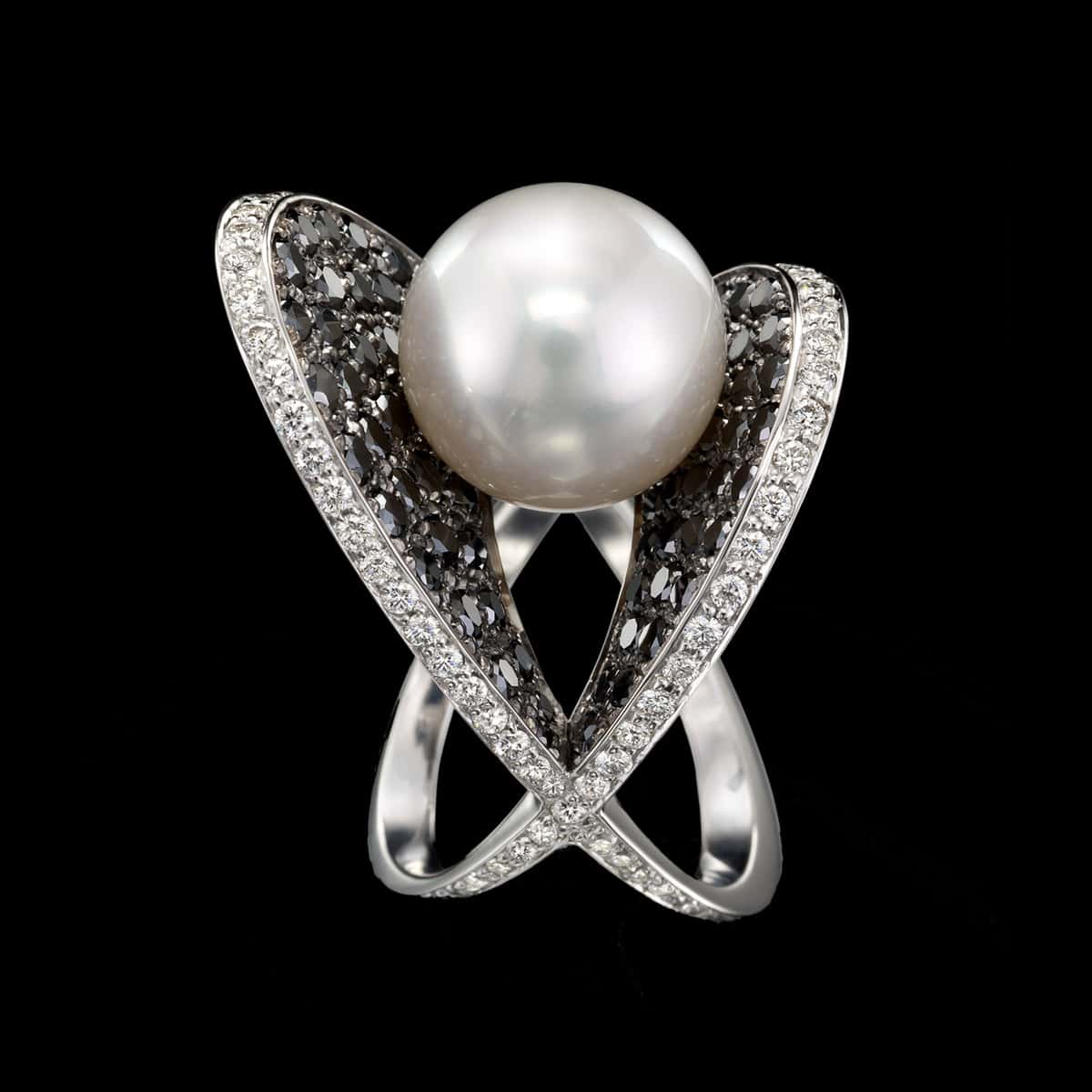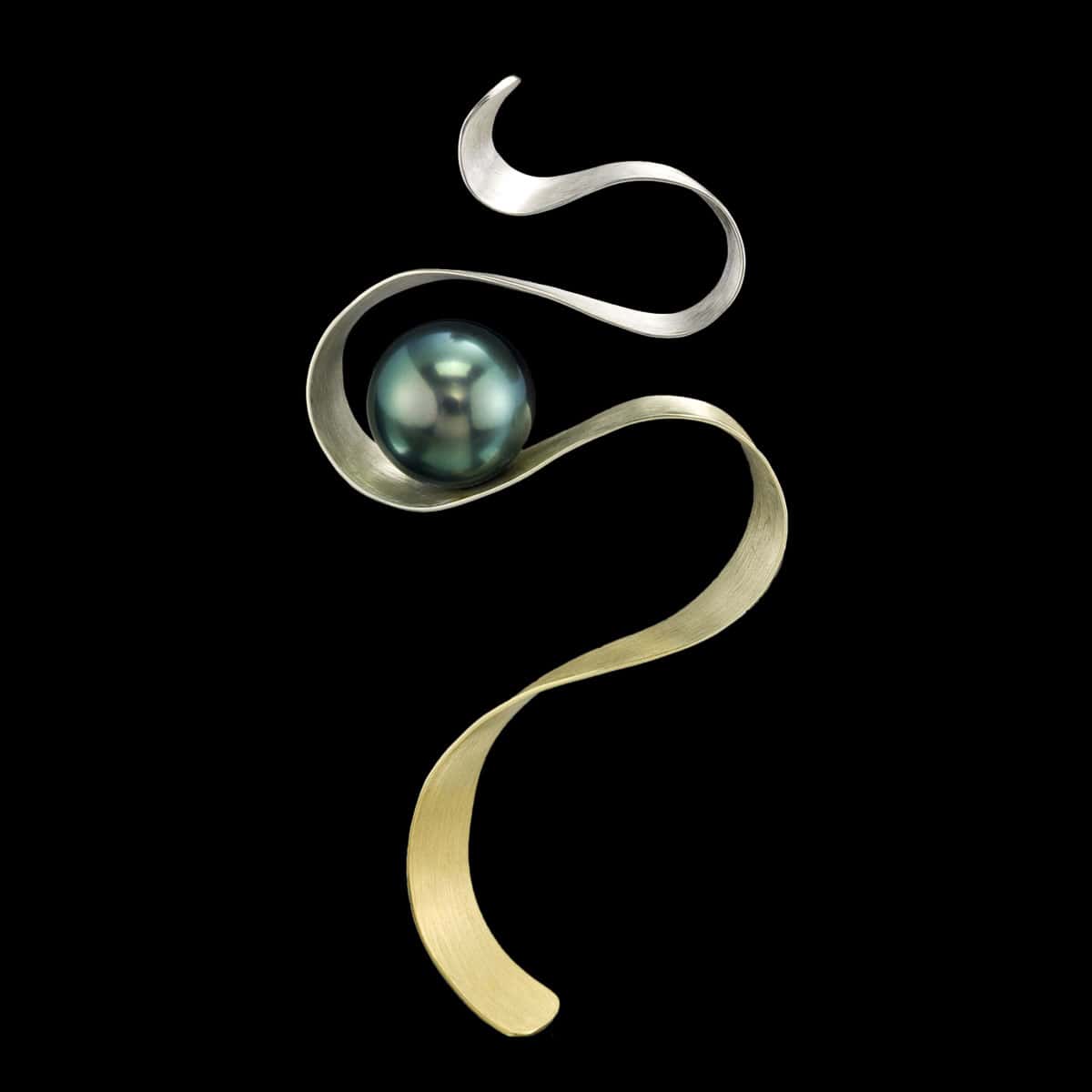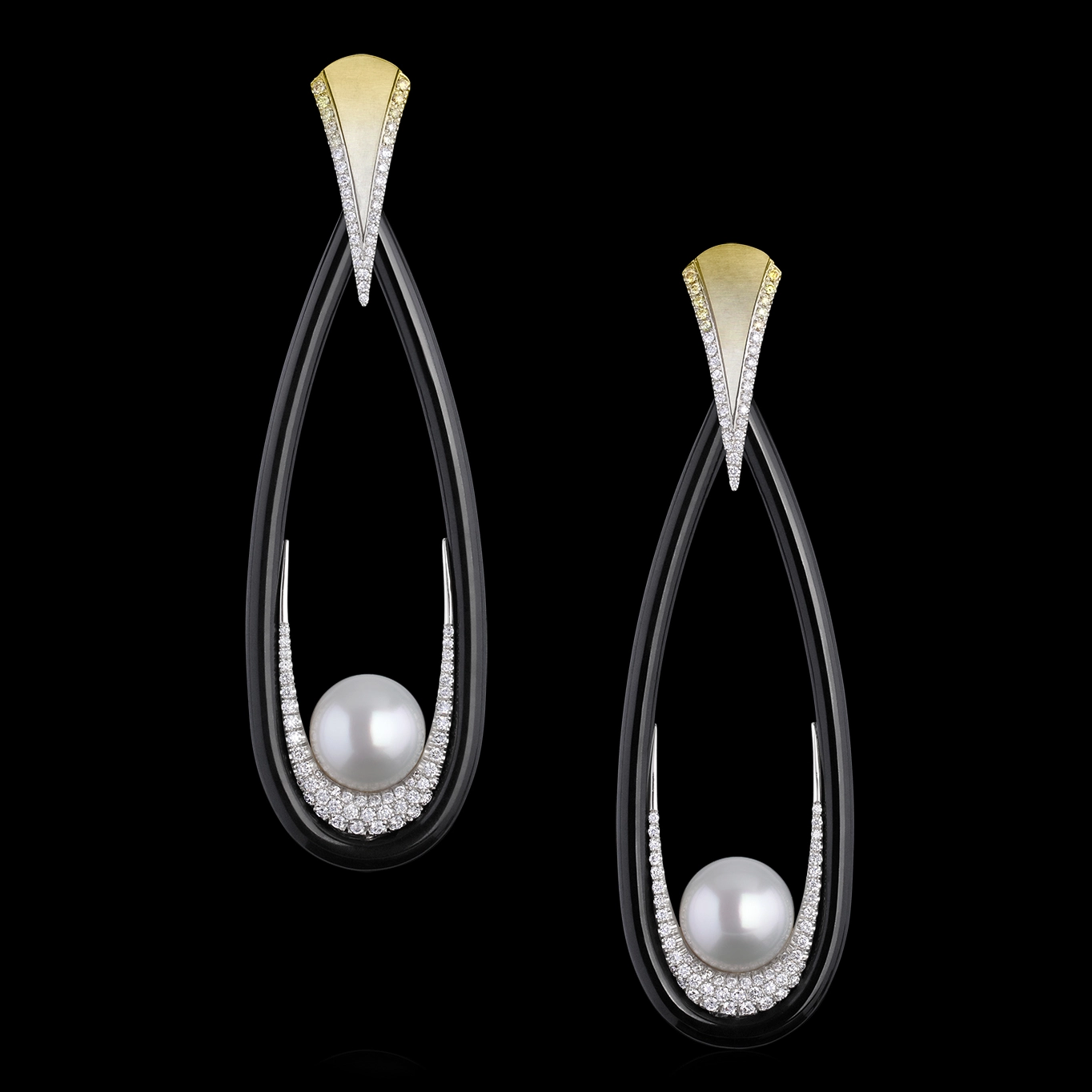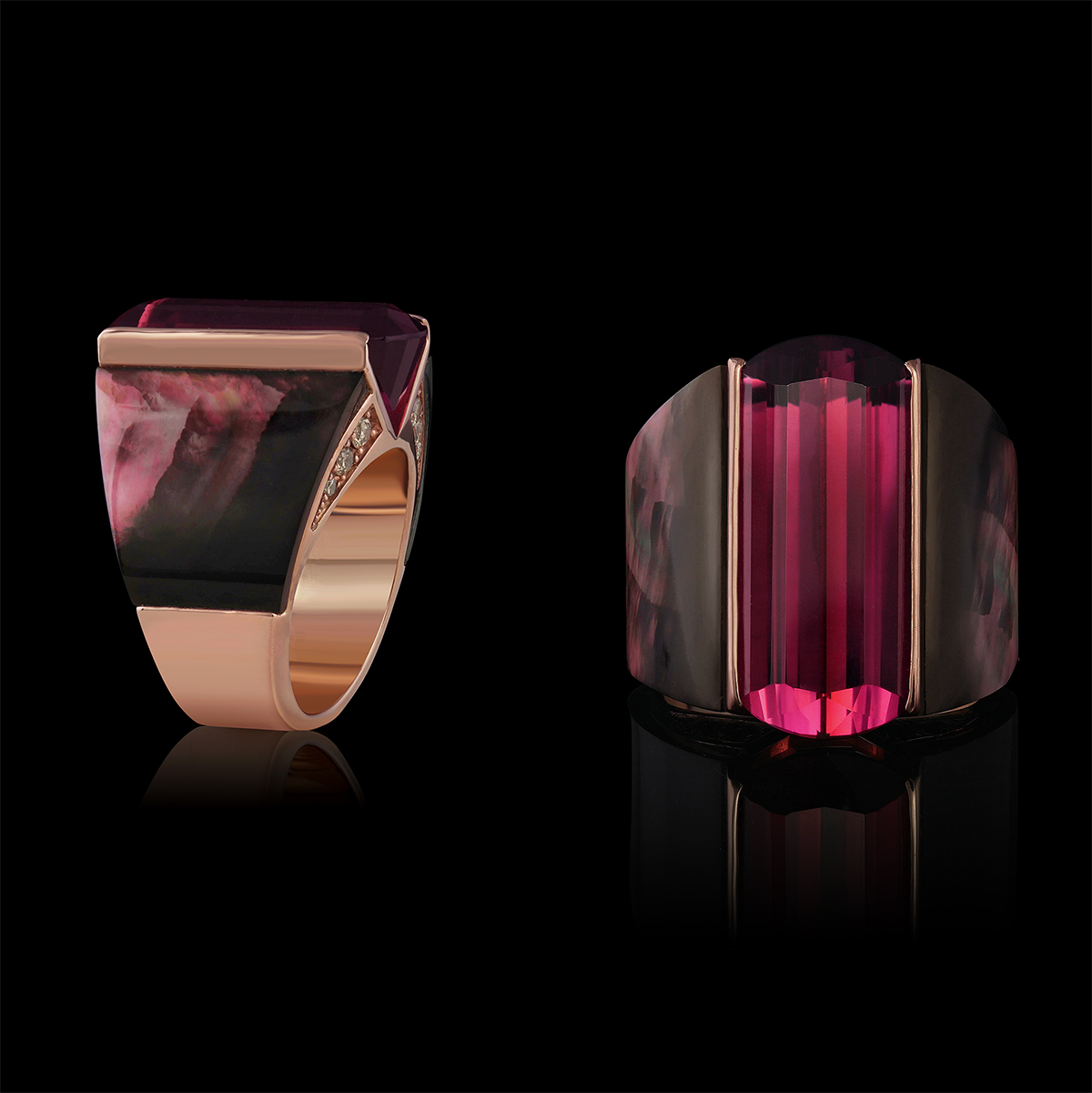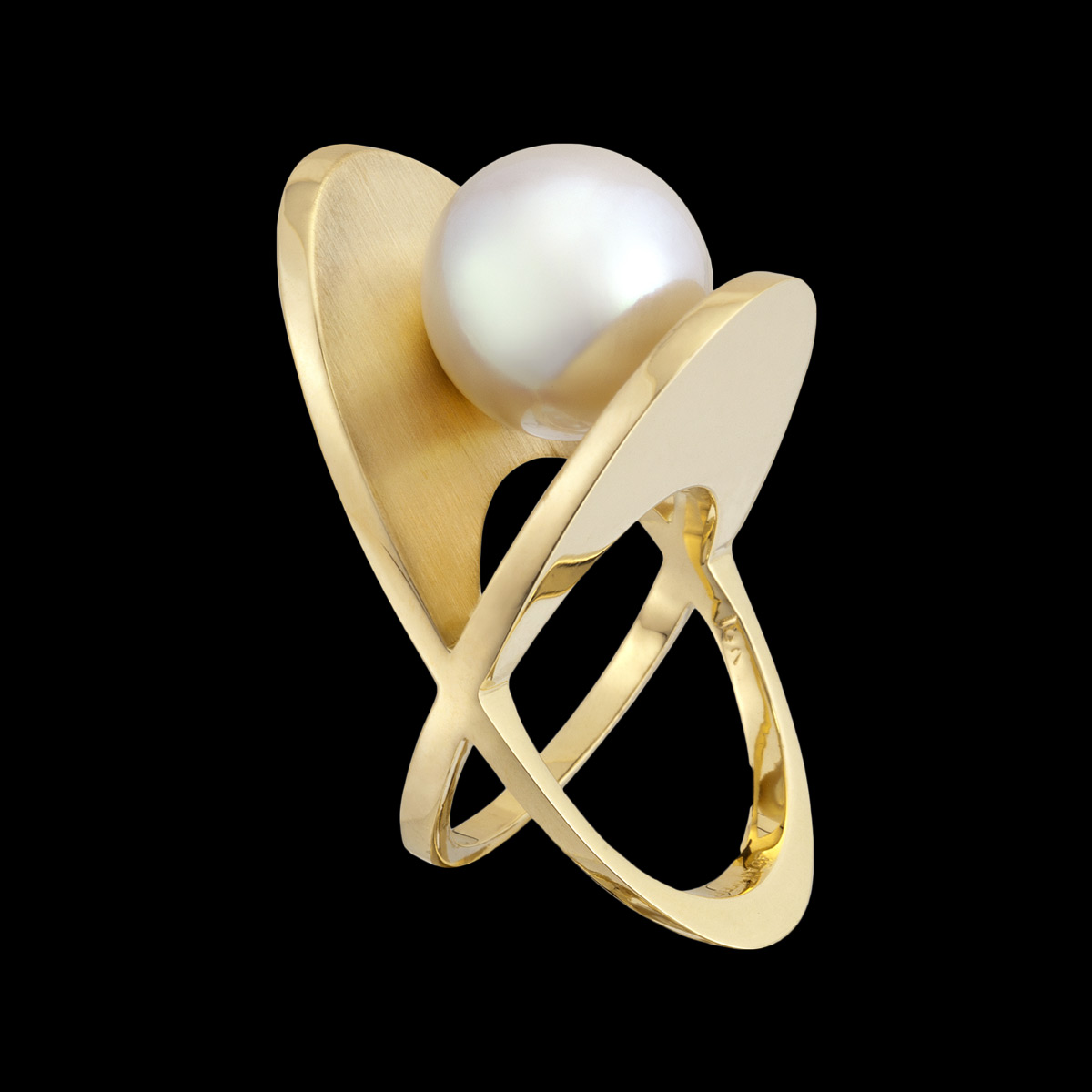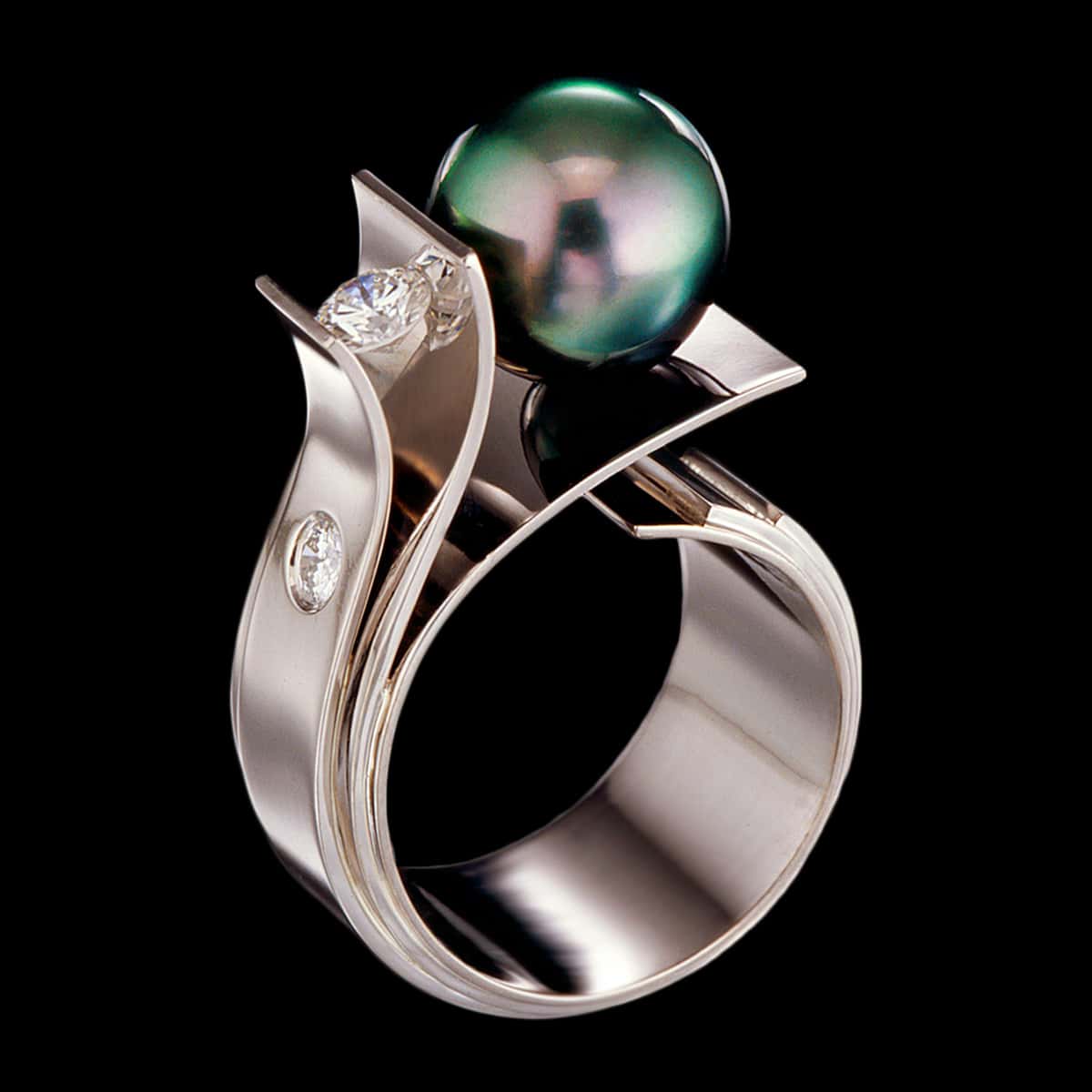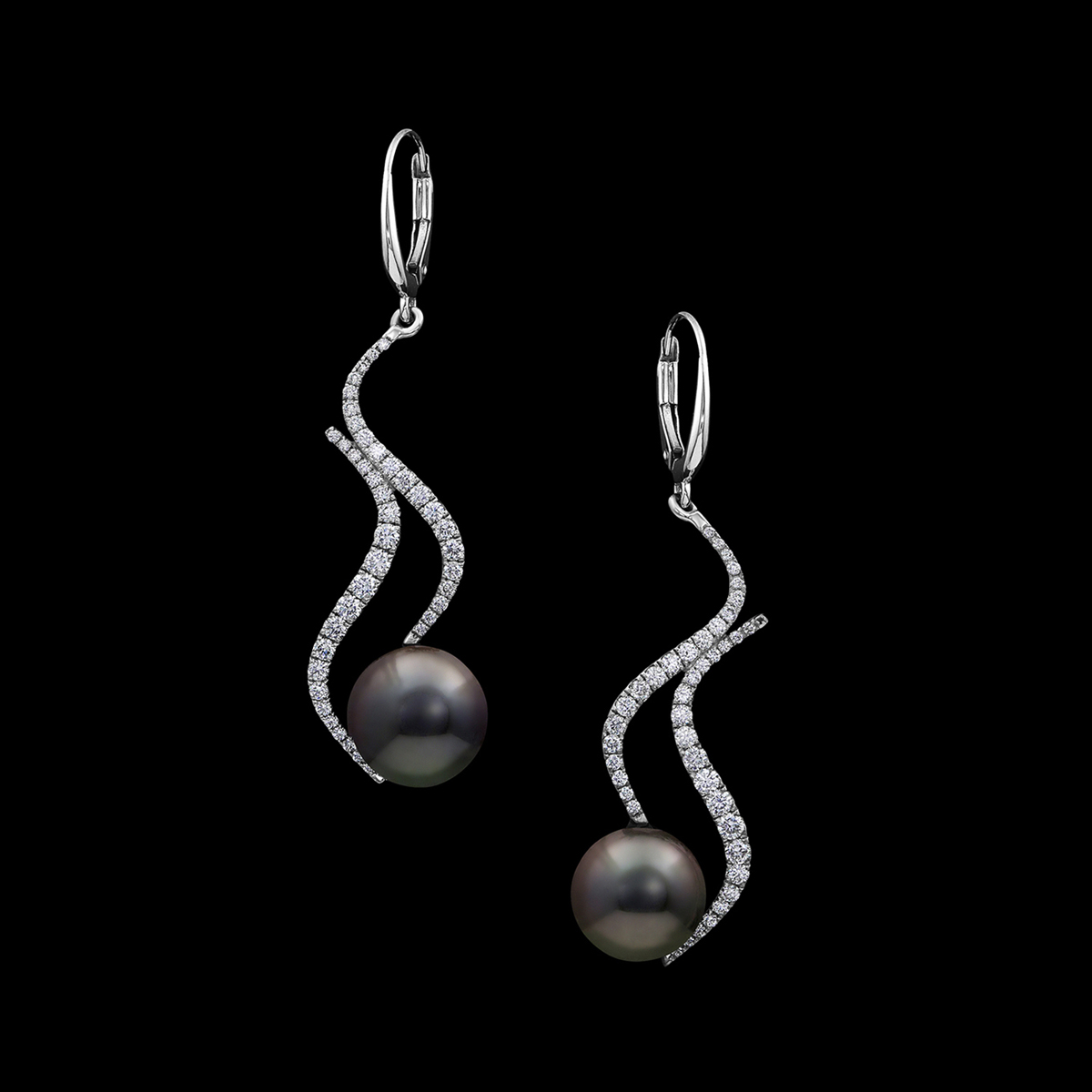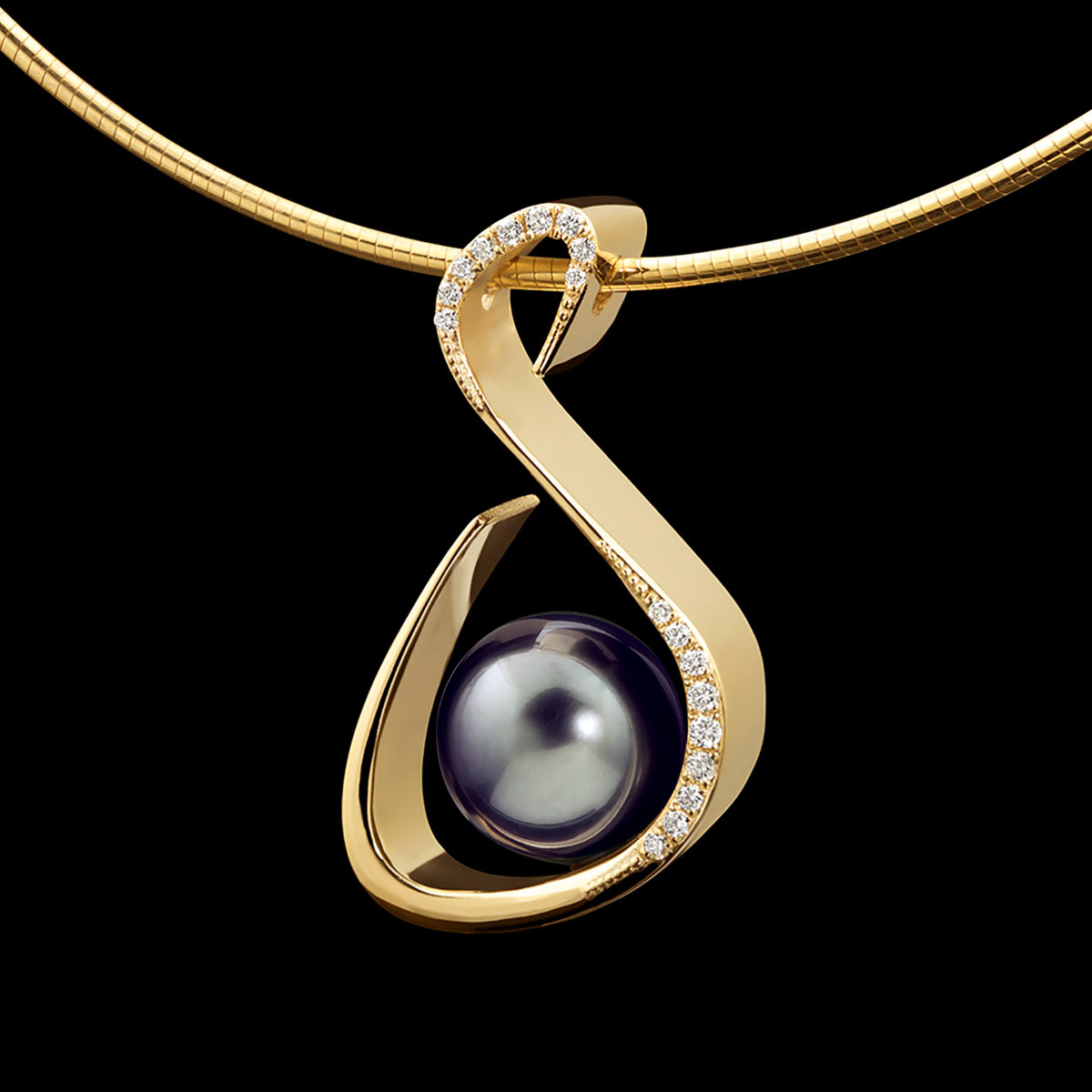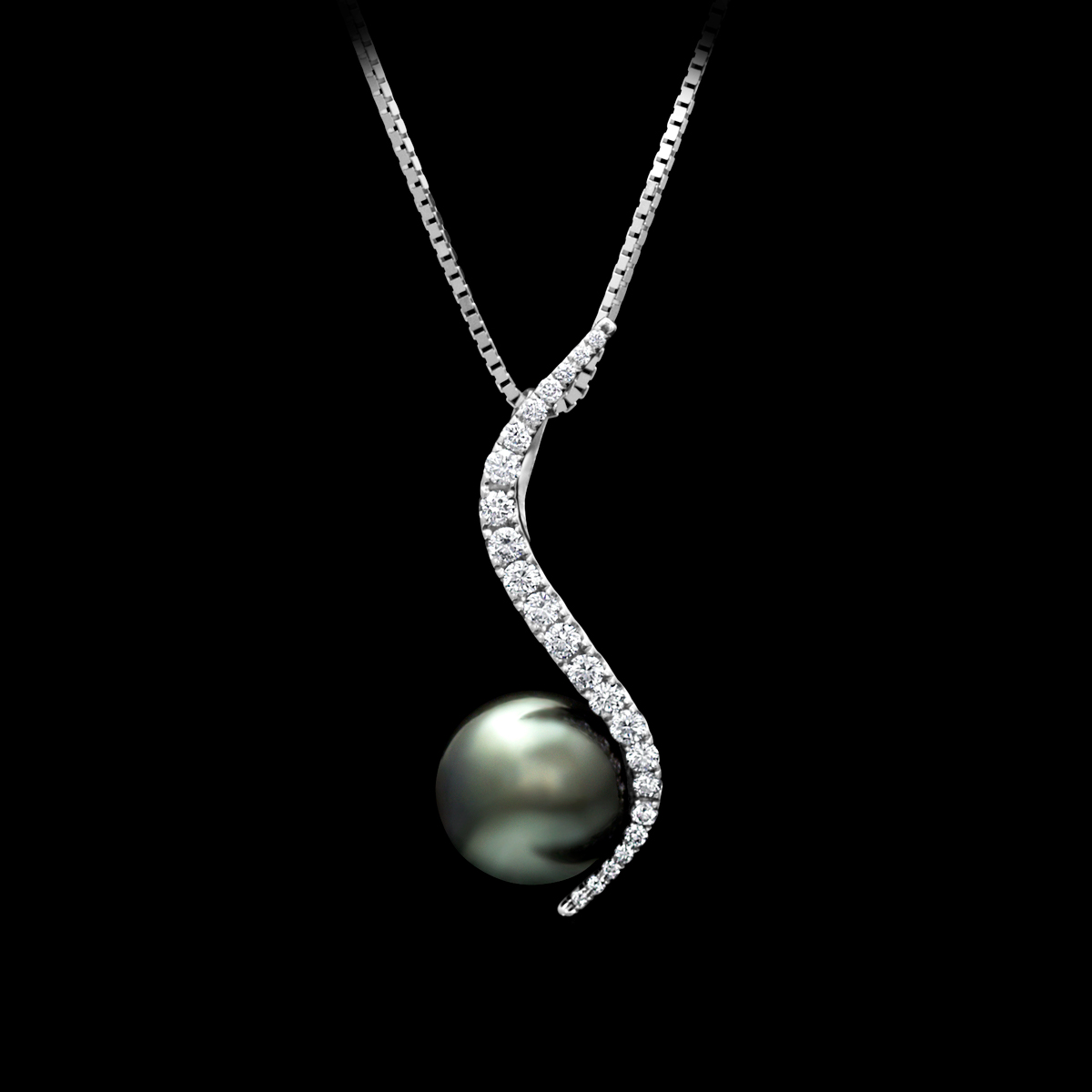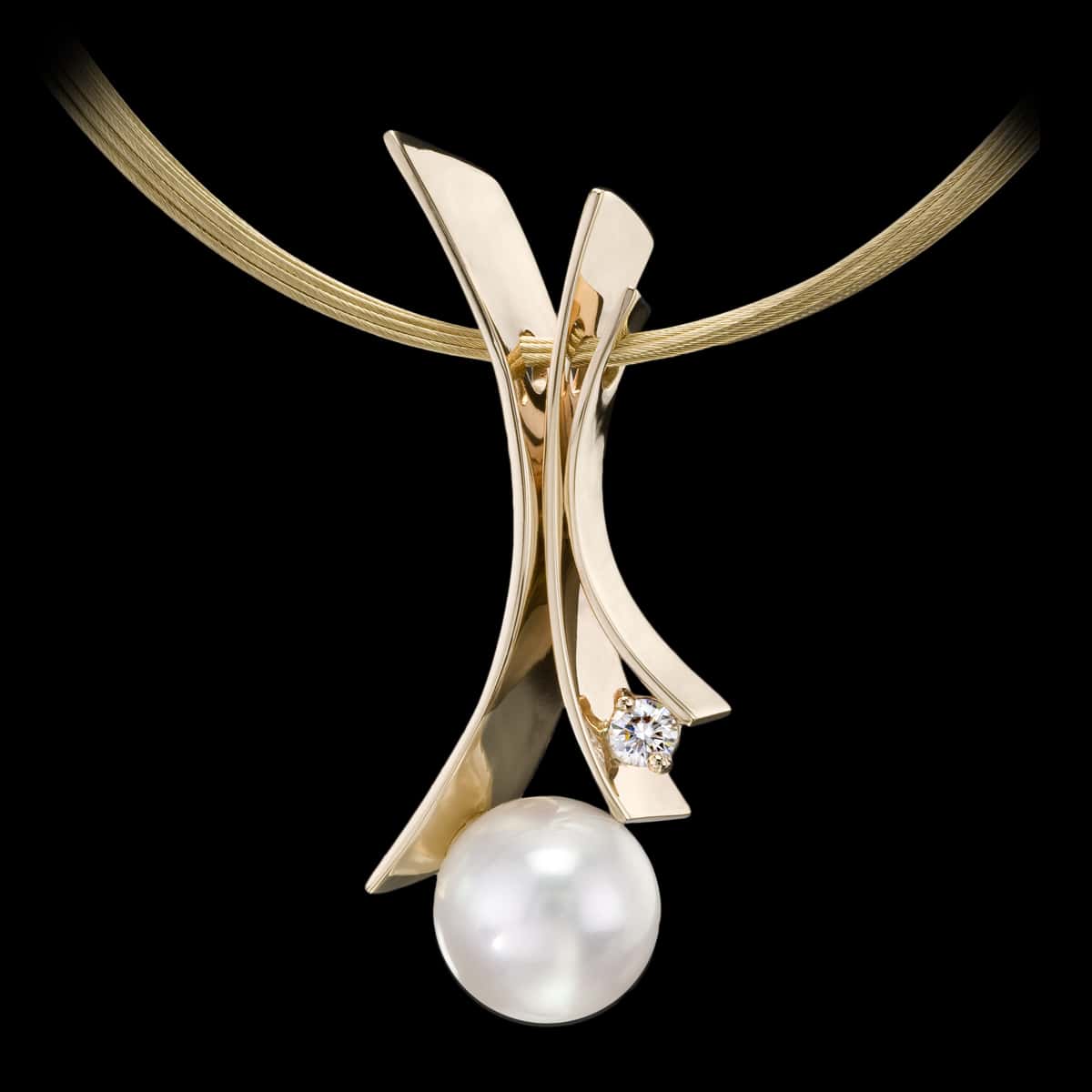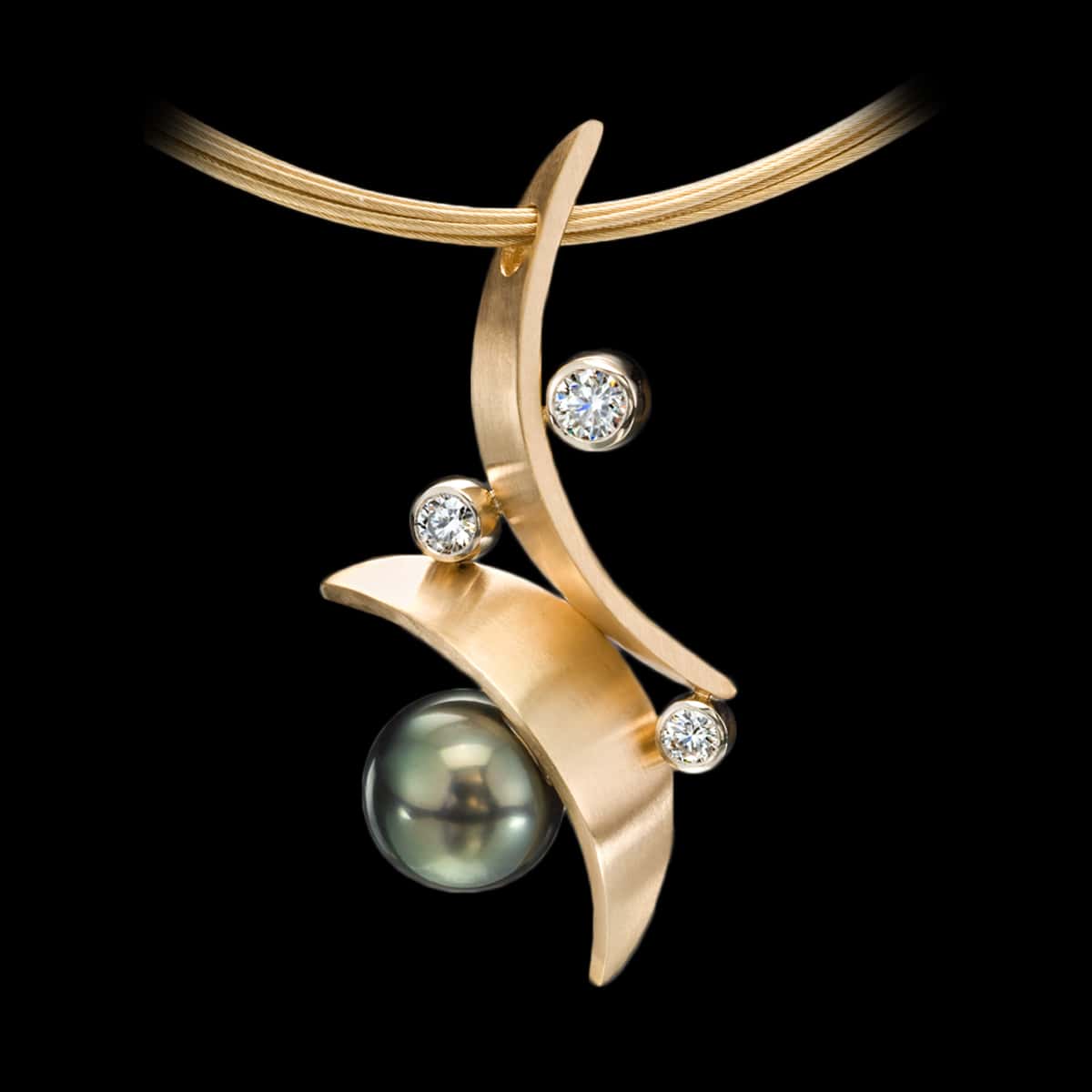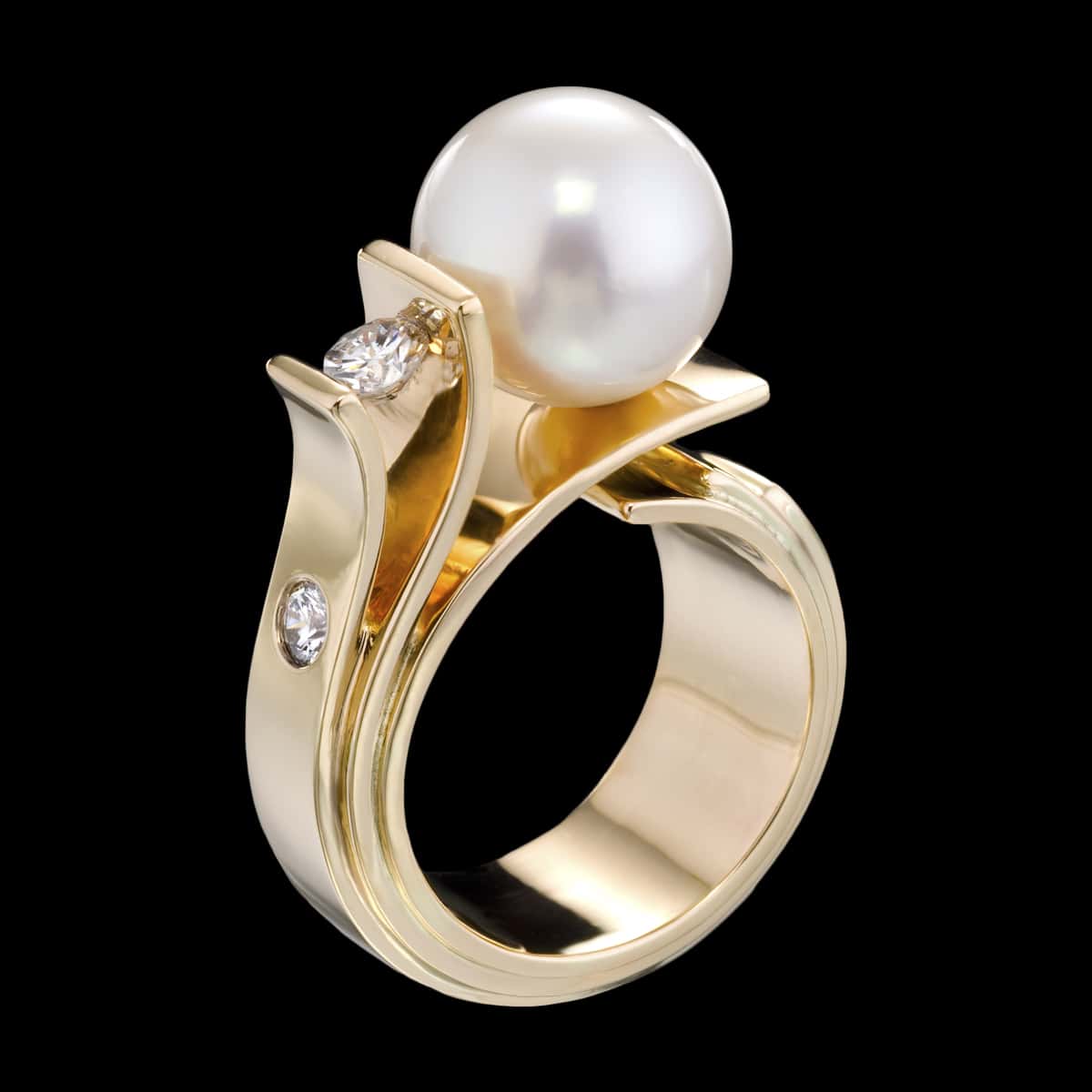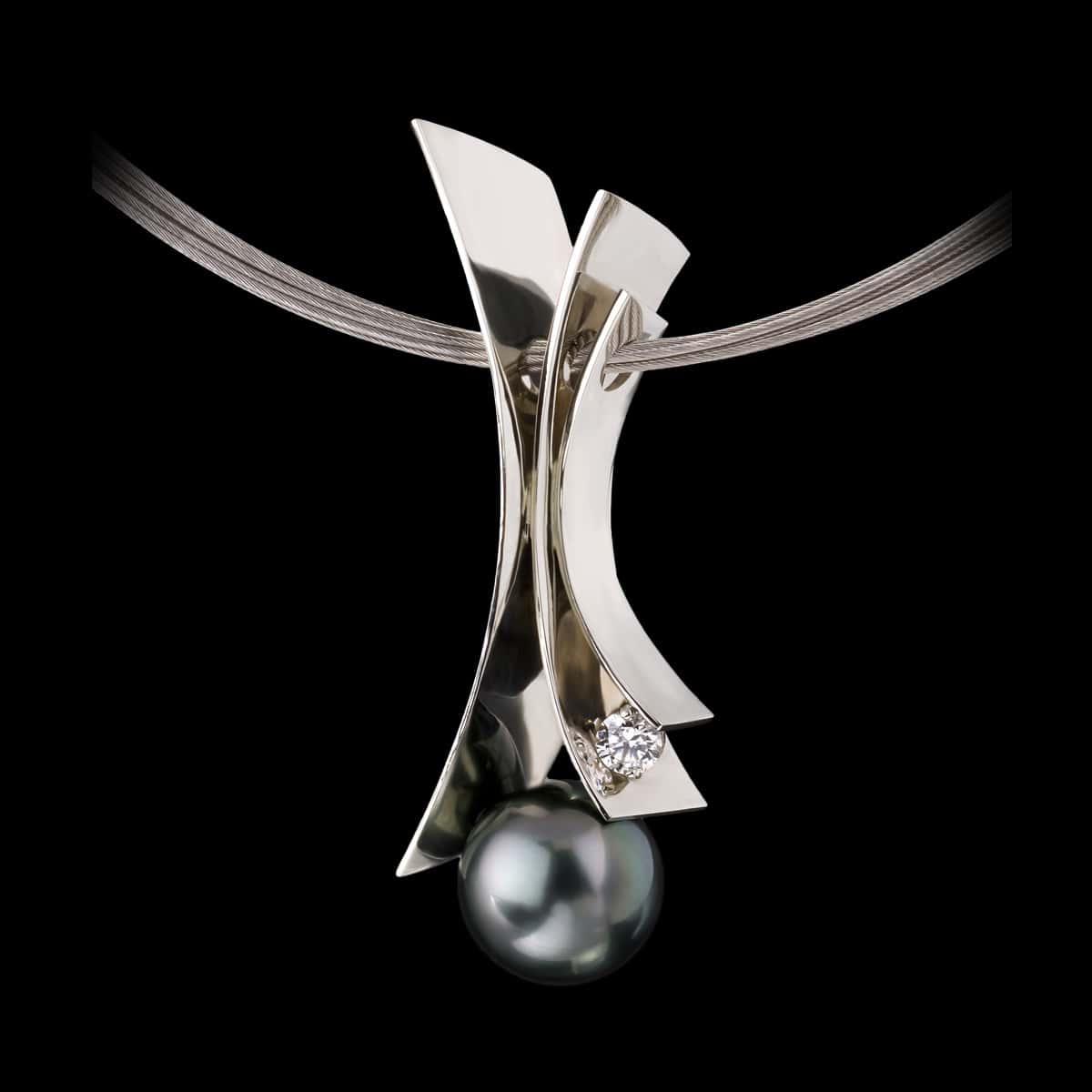Pearl Origins, Properties & Quality
Pearl Origins, Properties & Quality. Coveted and collected around the world, the pearl stands out as a unique beauty with rich cultural significance. Pearls have sparked myth, decorated ceremonies, and inspired jewelry for millennia, and yet remain at the forefront of modern jewelry design.
Pearls are one of the most storied gems, inspiring myths from China to India, to Polynesia and the Mediterranean. According to Roman mythology, when Venus, the goddess of love, emerged from the ocean at her birth she was already adorned in pearls. In the classic Renaissance painting by Sandro Botticelli, The Birth of Venus, the goddess stands within a woman-sized shell, as if she were a precious pearl. No wonder the gem has resonated as a symbol of love throughout the western world.
“A woman needs ropes and ropes of pearls.”
-Coco Chanel
The Rise of the Cultured Pearl
For thousands of years, pearls were extraordinarily rare, occurring in mollusks only by chance. In 1893 the Japanese innovator Kokichi Mikimoto began stimulating the growth of pearls by seeding mollusks with foreign matter. Over the next decades, Mikimoto’s cultured pearls revolutionized the market, taking this gemstone from an exceedingly rare treasure reserved for royalty, to a valuable yet accessible jewelry staple. Today, cultured pearls represent the vast majority of the jewelry market.
Pearl Origins
A pearl is formed when an irritant is caught within a mollusk. The creature protects itself by covering the particle with nacre, the sometimes pearlescent substance which is found on the inside of a shell. While clams may form pearls occasionally, most of the world’s pearls come from mussels and oysters.
Pearl Varieties
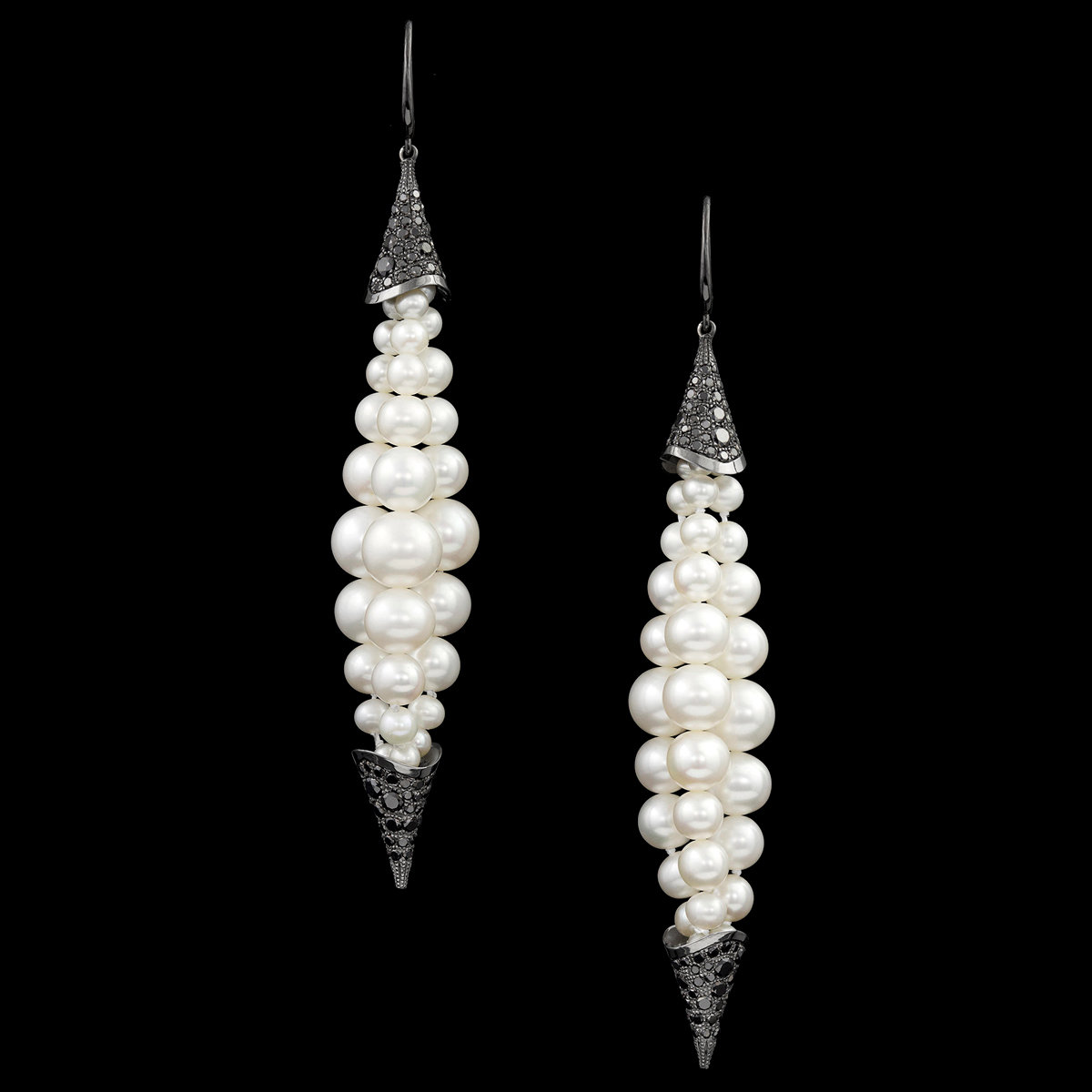
Akoya Pearls
First introduced to the jewelry world by Mikimoto in 1916, Akoya pearls gained renown the world over for their unparalleled luster and perfect spherical form. They mostly appear in cream to white, with some in blue, pink, and yellow and are today raised in China as well as Japan. This darling of the jewelry world paved the way for the cultivation of all types of pearls.
South Sea Pearls
Cultured in the tropical and semi-tropical waters of Australia, French Polynesia, Indonesia, and Myanmar, South Sea Pearls stand out for their impressive size, which ranges from 10mm to 20mm. Their appealing color palette includes white, silver, and golden tones. For their size, beauty, and rarity, South Sea pearls are among the most highly valued pearls in the world.
Tahitian Pearls
Within Black Lipped oysters, found in the waters of French Polynesia, black Tahitian Pearl are born. This oyster variety once seemed doomed for extinction but is thriving today in the protected waters of pearl farms. Only one in 10,000 of these oysters contains a pearl, making these gems a rare treasure. Ranging in size from 8mm to 25mm, most “black” Tahitian pearls are not actually black, but rather gray, green and pink, iridescent peacock, silver, or bronze in tone.
Keshi Pearls
Usually, a pearl forms around an irritant, which remains at a pearl’s center and called the nucleus. In the case of a Keshi, a pearl is formed spontaneously, without a nucleus and composed entirely of lustrous nacre. The resulting pearls occur in a variety of non-spherical shapes, bringing an element of individual character and whimsy to their design applications. They are found in Japan, China, French Polynesia, Indonesia, Australia, and the Philippines.
Pearl Quality Factors
When considering pearl quality, experts consider origin, lustre, shape, size, surface, and nacre thickness. When parcelled as a strand or pair, one also considers how closely the pearls match. Here’s a brief description of what makes a pearl most precious.
Lustre
Indicating a thick layer of nacre, lustre refers to the reflective, glowing aspect of a high-quality pearl.
Shape
While there are plenty of reasons to love irregular Baroque and Keshi pearls, a perfectly spherical shape is typically most valued.
Size
The larger the diameter, the rarer the pearl, which usually translates into a greater price across all varieties.
Surface
Ideally, a pearl’s surface should be free of cracks, bumps, or irregularities of any kind.
Color
The most popular colors are flattering against skin tones: silver, white, and light pink pearls suit fair complexions, while cream and gold-tone pearls glow against darker skin.
Designing for Pearls
Since a high-quality pearl shows its value on every surface, a designer must consider all angles of the material. The elegant purity of form, which a pearl represents, has inspired Adam throughout his career. His first major industry award was the coveted Tahitian Pearl Trophy presented in 2007 for the Fiore del Mare ring. In 2010, he received the President’s Trophy in the CPAA International Pearl Competition for the South Sea Glow Pendant. This award-winning design was inducted into the Smithsonian Museum’s permanent collection in 2013. In 2018, he was honored with the CPAA President’s Trophy and Wedding Day Pearls Award for Rivoli Earrings.
From classic earrings and pendants to bold statement ring designs, pearls continue to feature prominently in Adam’s work. Explore pearls in our Designer Jewelry and Couture collections or contact us for a pearl style consultation today.
AVAILABLE FOR PURCHASE
Click an image to learn more.
Tourmaline, Diamond, Tahitian Mother of Pearl & AlbaGold™ Ring | ManhattanZach Rollins2022-06-16T16:06:12-07:00





